NYT Q&A: Salvaging Bricks
Q. I have a big pile of old bricks at my house in the Catskills, many stamped Hutton. Are they worth anything? Who would buy them? Would a purchaser come to pick them up? A. Bricks are one of those “if someone needs them, then they’re worth something” items. You could try selling them through…

 Q. I have a big pile of old bricks at my house in the Catskills, many stamped Hutton. Are they worth anything? Who would buy them? Would a purchaser come to pick them up?
Q. I have a big pile of old bricks at my house in the Catskills, many stamped Hutton. Are they worth anything? Who would buy them? Would a purchaser come to pick them up?
A. Bricks are one of those “if someone needs them, then they’re worth something” items. You could try selling them through a classified ad, or you could look for an architectural salvage company online or in the yellow pages, keeping in mind that these companies are often looking for tens of thousands of bricks at a time. One company, Olde Good Things (oldegoodthings.com), with branches in New York, Pennsylvania and California, told me it would consider bricks like yours (and most other salvageable material) and might even pick them up. But first, send a photograph and as much information as you can gather to mail@oldegoodthings.com, or call (888) 233-9678.
Old Bricks, Anyone? [NY Times, 2nd Item]
The Hudson River valley, with its abundance of clay and an excellent water link to the big city, churned out millions of bricks, mostly near the turn of the 20th century. A History Channel documentary, “Bricks,” was broadcast this week; a DVD can be ordered at historychannel.com.
For true brickophiles there’s the International Brick Collectors Association in Columbia, Mo. (www.msinter.net/tweety). Membership ($15) includes a subscription to the group’s journal, which comes out three times a year. Members don’t buy bricks, but they do swap them.
The bricks in your backyard are also the subject of a book, “The Great Hudson River Brick Industry” (Purple Mountain Press, 2003), by George V. Hutton, whose family owned a factory in Kingston, N.Y., from 1865 to 1980. By the early 1980’s, handmade clay bricks had all but disappeared.
Mr. Hutton says you should keep your bricks for sentimental value. “They make lovely doorstops,” he added.

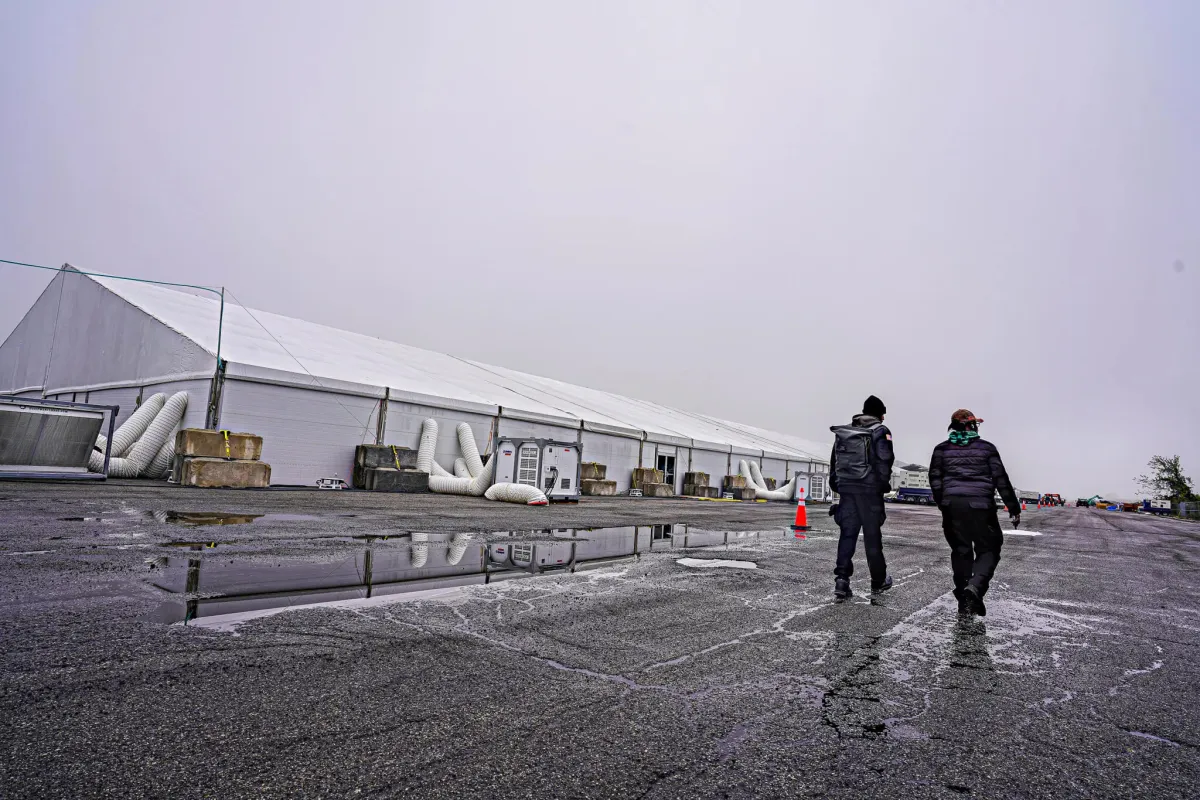
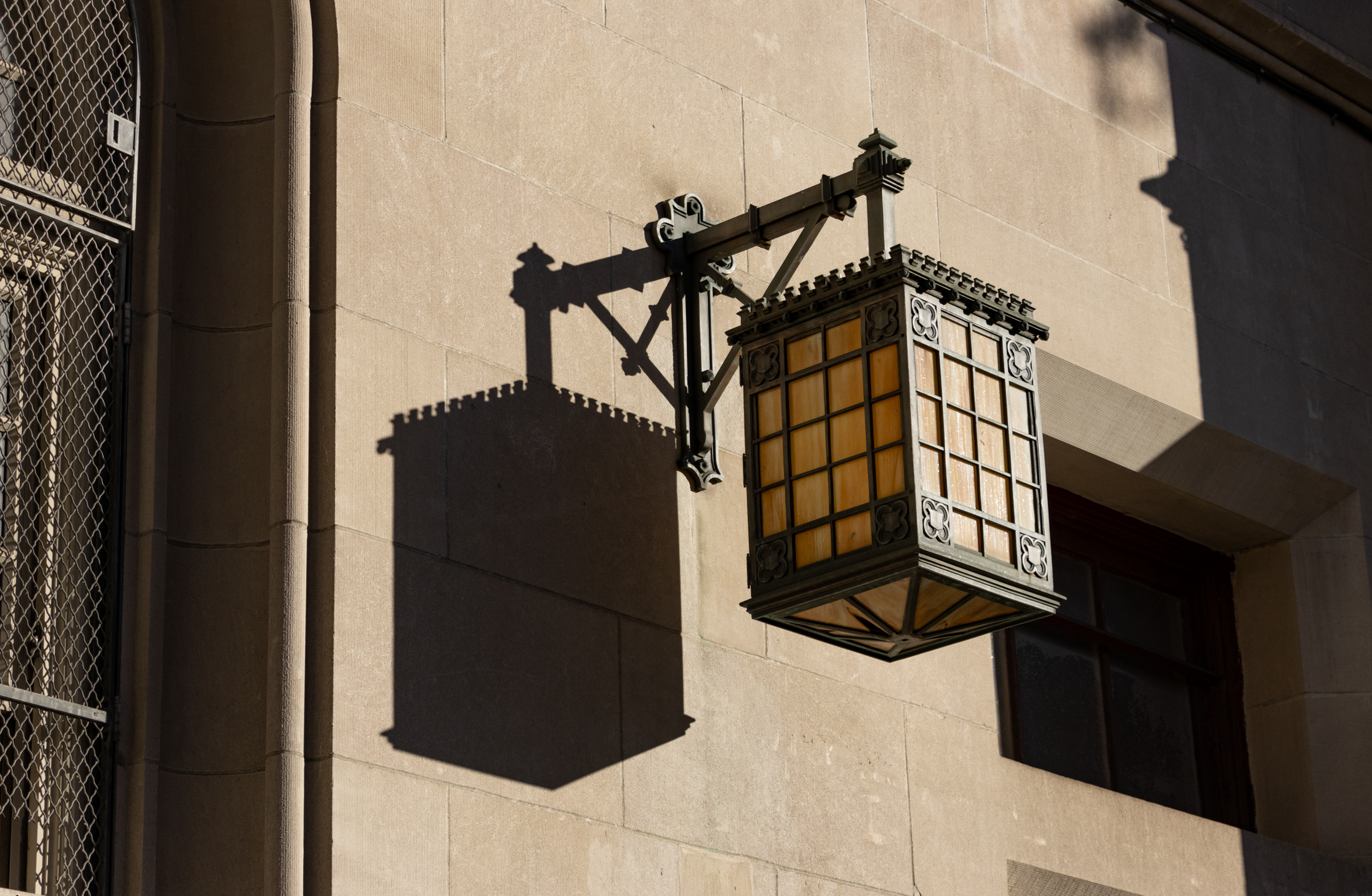


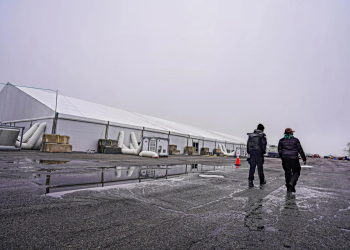
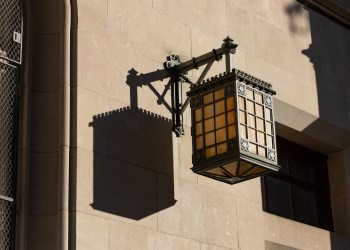
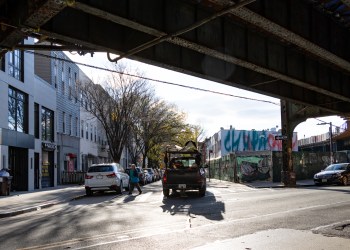

What's Your Take? Leave a Comment